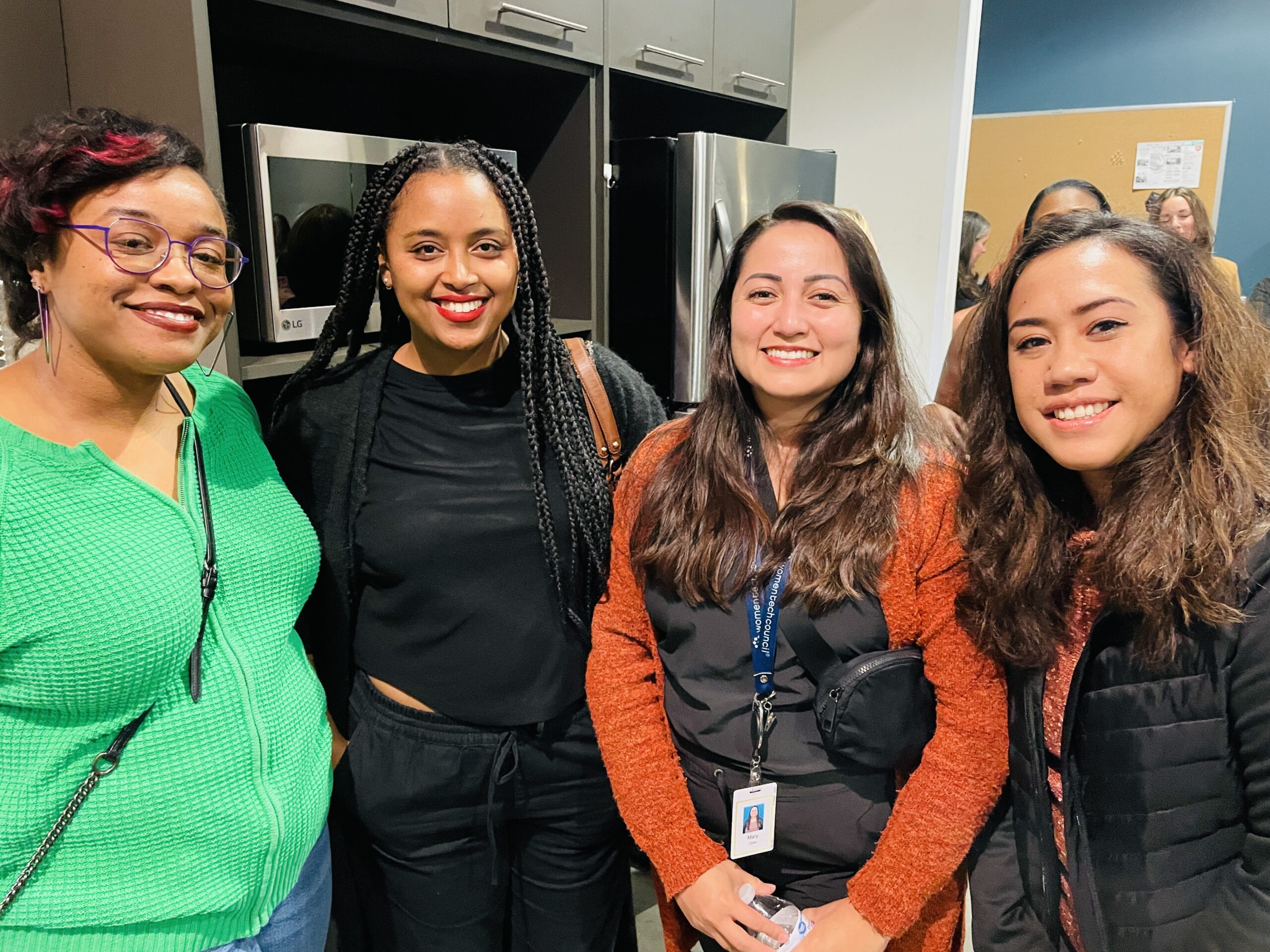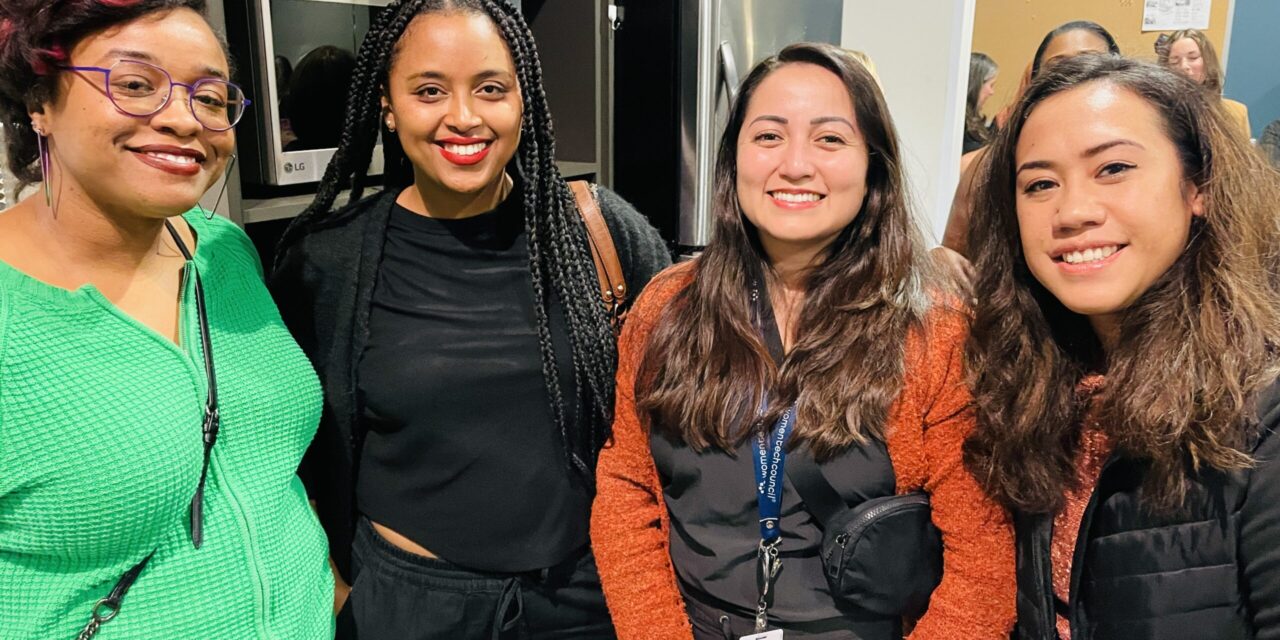
Goldman Sachs has run a “returnship” program since 2008 but took the opportunity to redesign it following the pandemic. The new program is six months long and includes access to a full suite of benefits like 401(k) contribution and professional development. Compared to the original 10-week program, the six-month returnship gives returners additional mentorship, upskilling opportunities and time to determine whether the role is aligned with their career goals.
“It also allows people to expand a little bit beyond those tight boundaries of a specific team,” says Stacey Miller, co-chief operating officer for the Salt Lake City region at Goldman Sachs. “Maybe I came in the door through the comptroller’s function, but wow, I met someone who was a mentor and a sponsor as part of this program, and they’re actually in the asset wealth management group, and I’m really interested in that.”
Goldman Sachs’ program targets a senior level of returners, those with at least five years of work experience who have been out of the full-time workforce for two or more years. Kapil Sharma, VP of global mobility services at Goldman Sachs, says the average career break for their returners is 9.3 years. “There are a lot of senior people that we are able to hire through this program,” he says. “Not just banking jobs. One person’s returnship was on the human capital management team, and she did amazingly well in the group.”
Miller says that 80 percent of the returners who convert to full-time roles come in at the VP level. “We’re talking about talented professionals who bring a skill set that we view as a VP, leader or manager level when they come into the firm,” she says.
It was a return-to-work position like these that brought Baker back to the workforce. Her neighbor had recommended her for an opportunity at the Utah Department of Commerce, but she was conflicted. “I’d go through these periods of itching to get back to work,” she says. “Then, no, I love being home with my babies. And then, oh, my gosh, I want to be an adult again.”
In the end, the temporary nature of the role gave Baker peace of mind, along with the encouragement of her network. “What’s the big deal?” they asked her. “It’s 16 weeks. It’s a temporary role. If you hate it, you hate it, and then you know it’s not time. But what if you love it?”
Transition support
Returning to the career track can pose logistical and emotional challenges, and when women choose to return to the workforce, many do so with a confidence deficit. Baker says just the idea of submitting a resume for a job had her pacing the floor, thinking, “I don’t know how to put my career break on here. Are they going to see it as a red flag? Are they going to judge me differently?”
Miller has seen this on the employer side as well. “People say they were so nervous [to return to work],” she says. “They didn’t know what to expect, and they thought that they had lost all their skills, and they wouldn’t fit in, and they wouldn’t be able to make a contribution. All of this self-doubt.”
The Utah Department of Commerce offered Baker a return-to-work position as a communications specialist for Return Utah. It could not have been a better role for her stage of life or state of mind.
According to its website, Return Utah is the first public return-to-work program in the United States. Launched in 2021 by Utah’s Cox-Henderson administration, the program facilitates public sector jobs for professionals who have taken a career break—people like Baker.
Henderson was inspired to start the Return Utah initiative while visiting a refugee center. She learned about their programs for training women and helping them enter the workforce so they could provide for their families.
“I had this ‘aha’ moment when I was there,” Henderson says. “I thought, we need to do this for the state, not just for my office. I took the idea to the governor, and he loved it.”
Return Utah prepares returners for the workforce, providing career development workshops on resume writing, interviewing, job seeking and LinkedIn presence. This transition support is critical to combating the imposter syndrome common in returners. “It’s not a placement program,” Henderson says. “It’s really a training program, but it has led to almost 100 percent placement.”
So far, 40 participants have completed the Return Utah program, with some working in Henderson’s own office. She is eager to see the program expand. “I would love more people to apply and take us up on this offer,” Henderson says. “We have found incredible people. It is mutually beneficial.”
Tech-Moms is another organization that helps Utah women transition back to work. This nonprofit finds flexible career opportunities and re-entry roles in tech for its participants, focusing on three program pillars: career exploration, a supportive community and technical training. The nine-week course includes an introduction to web development and education around the psychological aspects of career re-entry, including building confidence and preparing the returners’ families for career relaunch. “Then we just keep connecting them with companies,” Scribner says. “At Tech-Moms, we say, ‘We’re not doing career transitions. We are doing life transformations.’”
Over 300 women have completed the Tech-Moms program since 2020—40 percent of whom are single mothers and 36 percent of whom are women of color, according to the Tech-Moms annual report.




